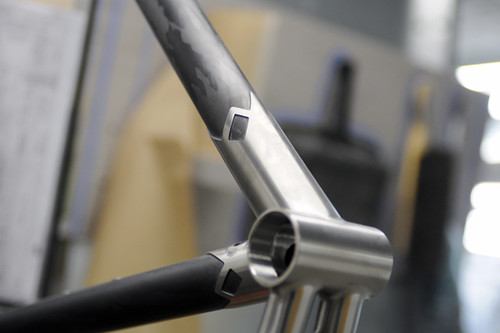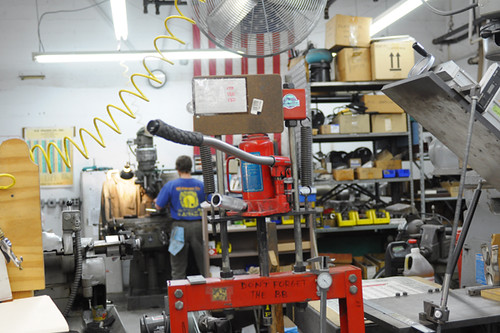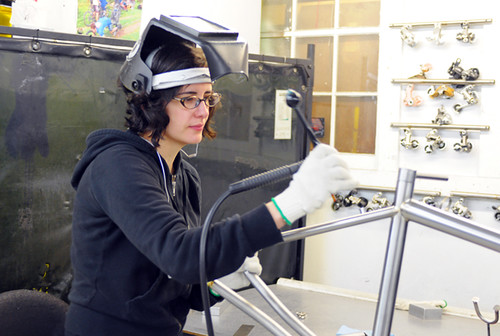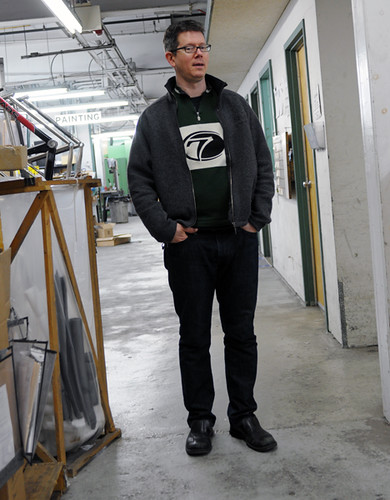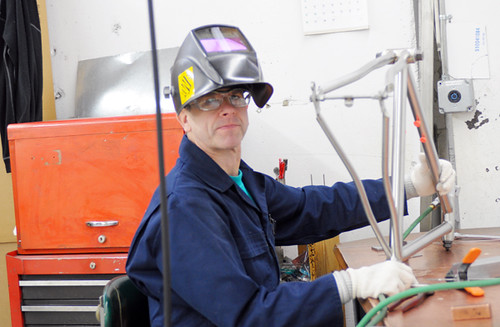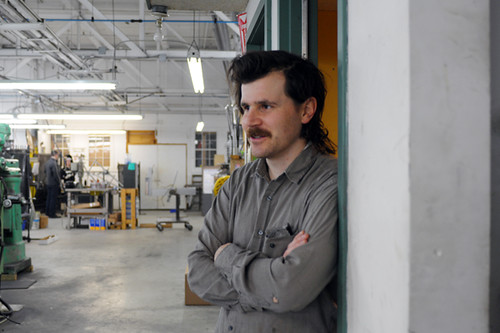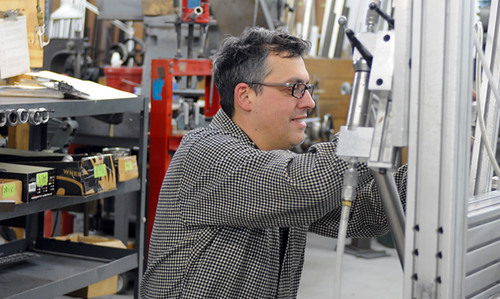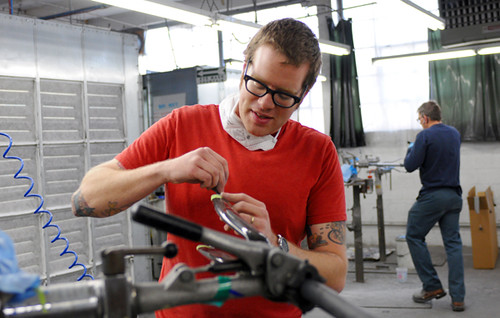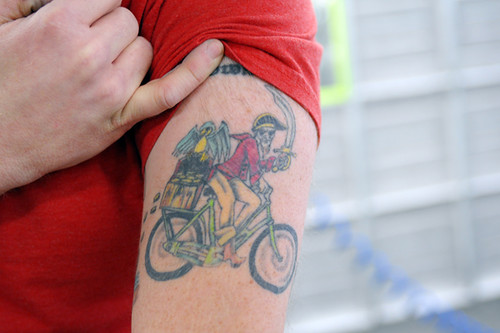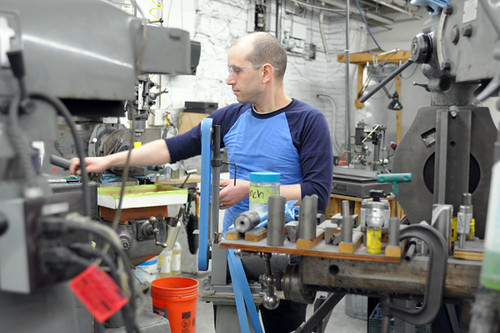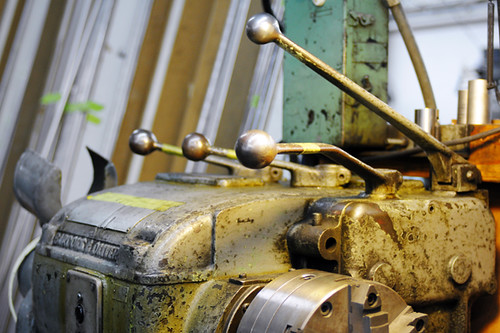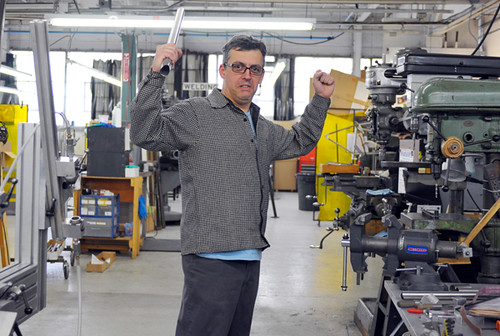
It is Saturday night on Memorial Day weekend. We are in Vermont. And it is snowing outside. It is really starting to accumulate now. We take turns running out onto the porch to snap pictures. We do not know what to do with ourselves, other than look at each other with a helpless giddiness as if to say "This is really happening and you are my witness, right?" Surely twenty or thirty years from now we will each be telling some bored youngster in our family about that time it snowed on Memorial Day weekend. But what to do with these emotions now that it's happening? Well, there is always instagram.
The people I am with, they drink like Europeans - lots, as a matter of course, and, seemingly without getting drunk. There is also a great deal of eating. Tray after tray is passed around. I decline second helpings. I push half of my dessert onto a neighbour's plate. And still I feel close to being sick, while the others seem to thrive. I look around the table with admiration. I cannot eat like this, despite having ridden the same miles. Not that those miles seem like much to brag about in retrospect.
I slept straight through the night and opened my eyes at 8:30am. A heavy pile of comforters. Wooden beams all around. The air smells of outdoors and feels just as crisp. At first I marvel at how quiet it is. But then I realise that I'd simply grown used to the rain beating against the metal roof as background noise. It is raining as hard as last night, and it is almost as dark.
Downstairs, some of the others are awake already, quietly eating breakfast in different parts of the room. I step out onto the porch and see a watery mess in the dirt driveway. It is raw-cold out, and I duck back indoors. There is coffee and I pour myself some. I settle down with a bowl of cereal and listen to the rain.
Pamela is at the table with her laptop. Extreme weather warnings are in effect.She suggests that those who want to ride wait till mid-day, when the rain might ease up.And she proposes we do a short route - one that's designed as a half-day ride and is only 30 miles long, called the Victory Loop. Pamela and John debate whether the steep descent toward the end might be washed out and could be dangerous. They decide that today the route should be ridden backwards. "It is steeper in reverse, but safer."
I copy the route and glance at the metrics: 30 miles, 3600 feet of climbing. All dirt. I eat my cereal and don't allow the figures to register.
"The Victory Loop in reverse... doesn't that make it the Loop of Defeat?"
More people are awake now, but there is no talk of riding.
"I am fine right here," someone says. "Any board games in the house?"
The RSC boys continue to work on John Bayley's bike. They are now opening the bleed kit for the hydraulic brakes. Matt Roy - an immunologist and pro bike mechanic - is wielding the syringe picturesquely as we all take pictures.
But finally I am restless. Am I crazy for wanting to ride on a day like this?
At noon, Mo Bruno-Roy appears in a colourfully mismatched ensemble. She is going on a short mountain bike ride in the woods. After she sets off, I can take it no longer.
I go upstairs and put on my cycling clothes. Fleece winter tights, baselayer, long sleeve jersey, winter jacket, neck warmer, full finger gloves, shoes, and those fetishistic-looking booties I'd been too intimidated to try all winter. I walk downstairs and amuse everyone.
Before I can change my mind,I drag my bike outdoors and set off. The rain is like a waterfall.By the time I reach the end of the dirt driveway, my glasses fog up so completely that I must take them off.At the main road I turn right.
As it is later remarked, there is no foreplay in the routes around Burke, Vermont. "They begin to fuck with you right away."
The first climb happens immediately and it is 3 miles long, starting out paved and turning to dirt. One of those roads with the truck-on-triangle "Steep Grade" sign. I feel like someone hit me over the head with a hammer. I see stars.Blood rushes to my face.My mouth goes dry. My head starts to pound. And my legs feel like led.I grind in my 1:1 gear.I cannot climb like this starting at mile zero, I just can't.
The dirt roads are beige and gritty. It has been raining for days. But remarkably, it is not muddy. Streams of clay-tinted water over wet dirt, but no mud. The ground is soft though, not unlike tightly packed wet sand. It gives under the weight of me and the bike. My tires stick to it, sinking just enough to sap my energy. Crawling uphill, I feel like a caterpillar, a snail.
At the top I stop and take out my camera. But really I stop because I am out of breath and my heart is pounding and my vision is blurry. There is nothing to photograph here. A farm surrounded by fog. Dark clouds pressing down on the soaked landscape. A cluster of sad, broken lilac bushes. Rain, rain, rain. My legs are trembling from the climb; I cannot handle an entire route like this. What am I doing here?
I get back on the bike and hope to rest on a flat stretch, but immediately I start to descend. There are some ruts and washboards now. The bike starts bouncing. I stop and lower the pressure in my tires. That helps. Letting the bike go, I steer around the bends and feather the brakes.
At the bottom, I see that another uphill stretch awaits. But I go off course and take a different road, one that looks like it might offer some rolling hills. But no, that road goes up as well. I stop when my computer registers a 20% grade, turn around and ride back down. Later I will do the same several more times, with similar results. There are no gentle roads here. Explore all you want, but expect at least 1,000 feet of elevation gain for every 10 miles.
Back on course now, the road goes up again, but at a gentler grade than before. The rain eases up. I sip my water and spin, feeling almost energetic.
Now the directions say to turn onto Victory Road. It is a much narrower road, almost a trail, that runs though dense woods. It is gravely and rocky. The pitch steepens horrendously, almost comically. I put my water back in the bottle cage and keep pedaling, clicking through my gears until once again I run out. Then I grind. At this moment I can imagine few things more humiliating than grinding in a gear as low as mine. I don't belong here.
I am crawling up a wall of gravel.My mind wanders. I have imaginary conversations with myself. I can't feel my legs, but somehow rotate the pedals anyway. Water and sweat stream down my face.
Ahead, things get worse. I see that the sides of the road have caved in and are flanked by rushing streams of water.I remember that this is the road with potentially washed-out descent that caused Pamela to reverse the route. As I climb further, ravine-like formations begin to take shape down the center, with streams of water flowing through them. I pick a line to avoid them, but this becomes progressively harder, until finally one ravine intersects the other. I ride over this in slow motion at a 16% grade. I try to keep going, but now the road is truly ravaged. Gravel starts to spill out in clumps under my front tire and I slide backwards. The grade steepens still and I get off to push my bike the rest of the way up, barely upright. My arms and shoulders hurt from the effort. I space out until I reach the top.
The descent is not much better at first and I keep walking. I can't pick out a line; it is all rutted out, or in the process of caving in. But finally I get on the bike, launch it downhill and hope for the best. There are large, sharp rocks and I steer around them. It is a 4 mile descent. I am falling and falling and falling. A free-fall.
At the bottom I am suddenly jolted into alertness. Not by the end of the descent, but by the realisation that I am pedaling along a flat stretch. Having gotten used to vertical roads, it is downright disconcerting. And again, I feel as if my tires stick to the ground, as if I am riding in slow motion. The rain stopped. There is a lake - or maybe a flooded field - and I stop to take a break. I look at the time and see how late it is grown. I've added some extra miles to the route, but still have barely done over 20 so far, and it took me nearly 3 hours. I wonder whether the others, setting out to ride the same route later, might have passed me during one of the times I'd gone off course. I try to get a move on.
Next comes a long, winding paved climb with no end in sight. Once again I am crawling. Surely this cannot be called cycling, not at this speed. The grade steepens yet again and once again I consider walking. But just then I suddenly sense a presence beside me, and I see Ted. Pamela and Emily are not far behind. They tell me they left soon after I did, but I doubt that very much - it would not have taken them this long to catch me.
Briefly we ride together. Nearly breaking my knees, I push myself to keep up, but they gently slip away. And when I see them disappear, it is through a veil of snowflakes. At first I think I am hallucinating, but it is unmistakable. Snowflakes on my handlebar bag, on my gloves, on the sleeves of my jacket.
It is not a soft, fluffy snowfall, but a sharp and sleety one. When the next long descent begins, it hits me in the face like needles; it stabs me in the eyes. I try to put my glasses on, but they fog up. So I squint, resisting closing my eyes completely. My face hurts, really hurts. I can see where I am going only approximately. The road is winding and steep. It feels as if I get through it by putting my bike on autopilot.
Finally, a quieter, gentler road, and I am on dirt again. Tall trees shelter me from the vicious snow-needles. I check my computer and see I am 6 miles from the end. I pedal hard and try to get it over with.
Nearly home now, from the corner of my eye I notice a car slowing down beside me. There is no one else on the road but us, and for a moment I panic. A serial killer on the prowl, preying on slow cyclists. But it is John Bayley and Matt Roy. "Can we give you a lift home?" I am confused, then slightly outraged. "In the car?! Why?" They point at the sky. "We were worried!" I assure them I am doing wonderfully, and wave them away.Some minutes later I drag my bike into the cabin, to the sound of applause.
All this for 37 miles. But they were the hardest I've ever done. My legs are shot and my upper body is aching. I cannot imagine walking tomorrow, let alone riding. Feeling dejected, elated and utterly ridiculous, I go upstairs to wash and change for dinner. Out of the bedroom window I notice the snow again. Maybe I am dreaming all of this up.
 Meany snow cats awaiting more snow
Meany snow cats awaiting more snow The road
The road Skiing in the untracked forest
Skiing in the untracked forest Faster skiing on tracked snow
Faster skiing on tracked snow


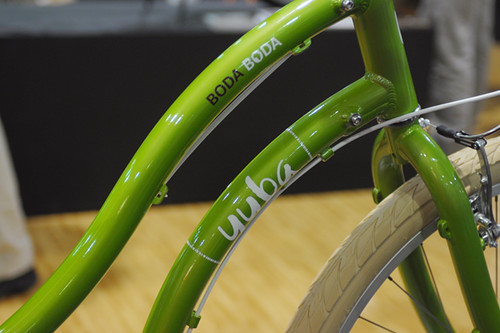
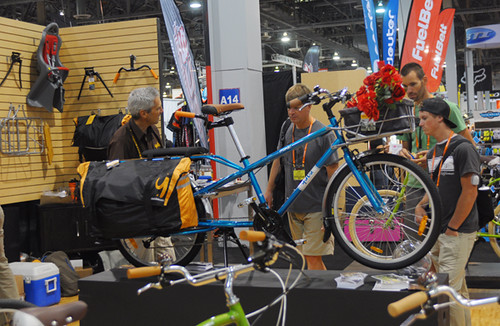

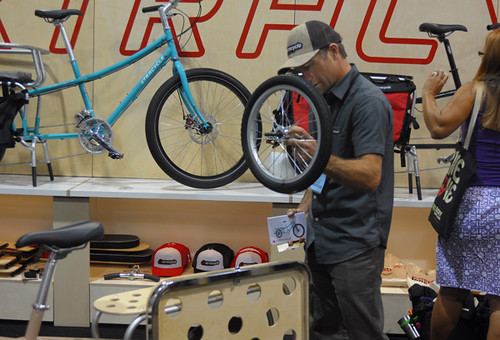
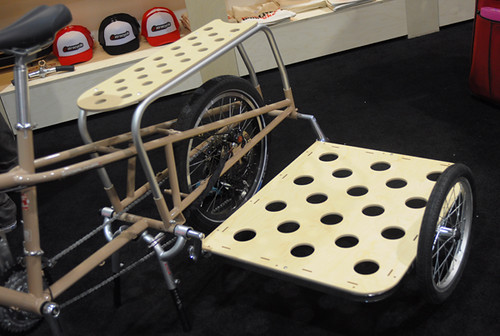








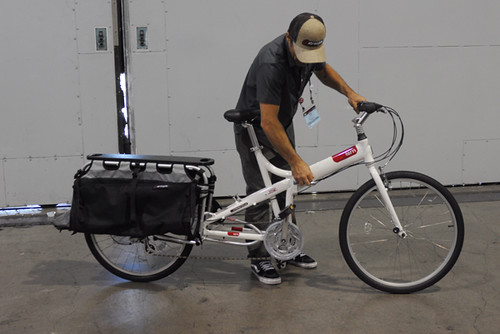
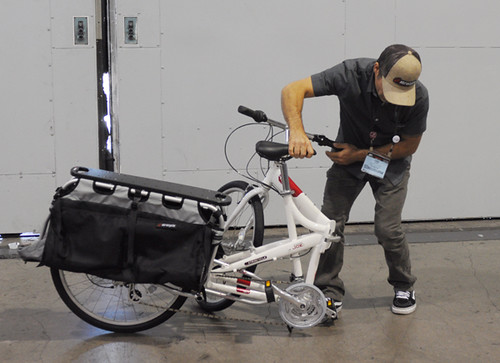
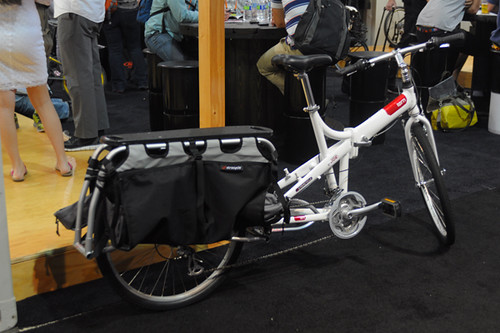














 Great Sand Dunes National Park & Preserve.
Great Sand Dunes National Park & Preserve.





